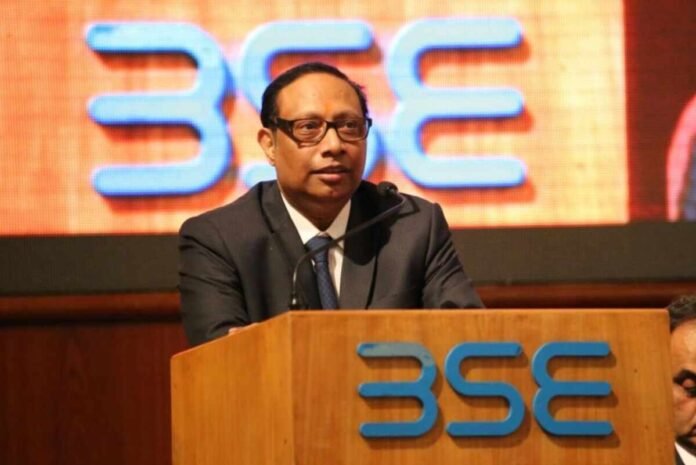Every time I visit my hometown, I’m struck by how much has changed — and how much has stayed the same. Years ago, a common sight was my cousin carefully filling out deposit slips at the bank, battling patchy network signals in our hilly terrain. But on my recent trip, there he was — sitting comfortably at the kitchen table, making seamless online transactions. “The network’s finally good here,” he smiled.
This small but powerful moment reminded me how much better connectivity, especially 5G, is quietly transforming lives — and in particular, the way we bank.
5G isn’t just a faster version of 4G; it’s like replacing a narrow country road with a multi-lane expressway. Thanks to its lightning speeds, almost zero lag, and massive capacity, banking can now happen in real-time — anywhere. Transfers and payments that once took minutes can now happen almost instantly, even across borders. It’s like handing someone cash across the table, no matter where they are in the world.
Banks can analyse mountains of data in real-time, spotting fraud or trends before they escalate into problems. True mobile banking has come to life — downloading bank statements in seconds, video-calling financial advisors without a glitch, and using advanced money management tools while sipping coffee at a café has become a new normal. Even traditional bank branches are transforming, using high-speed connections for quicker service, instant access to information, and live consultations with distant experts.
5G is also opening doors to technologies that once sounded like science fiction. AI-powered chatbots are getting smarter, understanding complex financial questions and offering instant, personalized advice. Our smartwatches and other devices are becoming money managers, tracking spending habits and offering real-time insights. Augmented reality may soon let us visualize investments or savings goals through our phone screens. Blockchain technology, often slowed down by heavy data needs, could now be truly unleashed, making financial transactions even faster and safer. Meanwhile, processing data closer to where it’s generated will allow for quicker fraud detection and faster trading, leading to smarter, safer operations.
But every leap forward brings its own challenges. A faster, more connected world creates a bigger playground for cybercriminals. The explosion of connected devices increases the number of possible entry points for hackers. As banks move faster, so too can cyberattacks. With vast amounts of sensitive data being transmitted every second, protecting personal and financial information becomes even more critical. Even supply chains — from software vendors to network providers — could become potential vulnerabilities if not properly secured.
To stay ahead, banks must adopt a “trust, but verify” approach, ensuring that no device or user is automatically trusted without verification. They need systems that can detect unusual activity in real-time and respond before threats escalate. Encrypting data at rest and in transit is no longer optional but essential. Security must be woven into every layer of digital banking — from design to delivery. Collaboration across the industry to share information about emerging threats will strengthen defences. Regular training is vital because even the most secure systems can be compromised by human error. Rigorous security audits and simulated attacks will help identify weaknesses before they are exploited.
Sitting across from my cousin that day, watching him breeze through online banking, I realized: progress often arrives quietly, changing lives without fanfare. 5G is doing just that for finance, making banking faster, smarter, and more accessible. But just like we lock our doors even in the safest neighbourhoods, banks and customers must stay vigilant to truly enjoy the full promise of this incredible leap forward.
S.Ravi
Founder Ravi Rajan and company
Former BSE chairman


